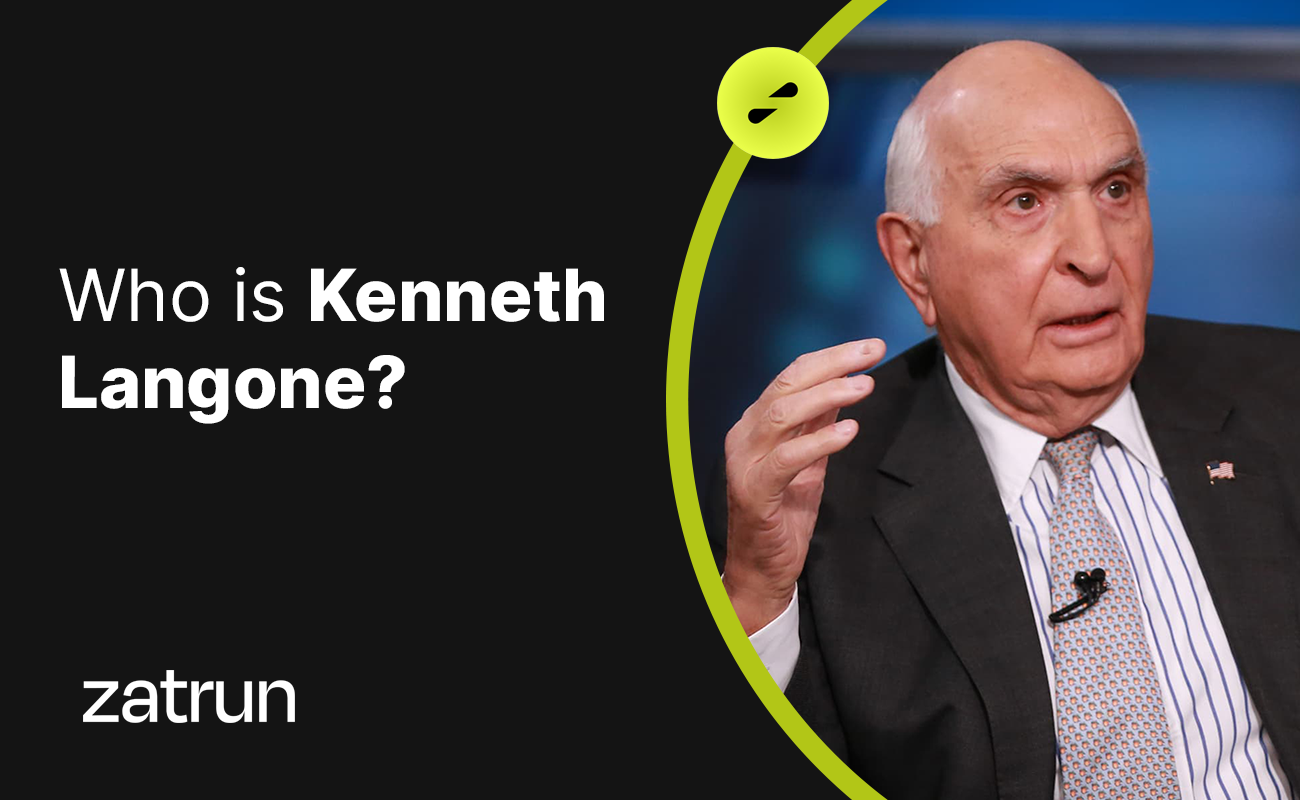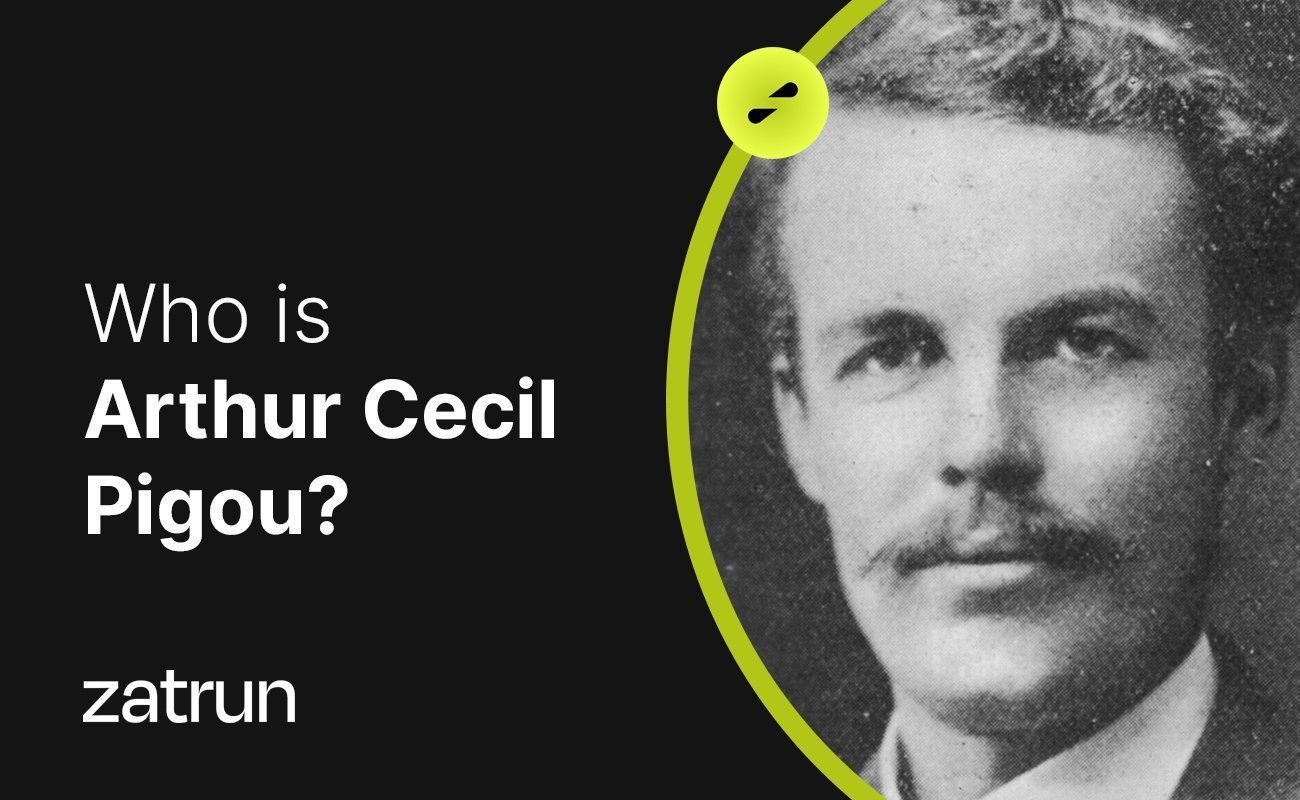Edward C. Prescott 101: Who is the Famous American Economist? In this article on Zatrun.com, we will cover in detail everything you need to know about Edward C. Prescott, the famous American economist that our readers are curious about.
Who is Edward C. Prescott?
The son of Mathilde Helwig Prescott and William Clyde Prescott, Edward Christian Prescot was born in Glens Falls, New York. He completed his bachelor’s degree in mathematics in 1962 at Swarthmore College, where he was a part of the Delta Upsilon fraternity.
Later, he received a master’s degree in operations research from Case Western Reserve University in 1963 and a Ph.D. in economics from Carnegie Mellon University in 1967. Edward C. Prescott is Finn E. For his pioneering work on dynamic macroeconomics, in particular the time consistency of economic policy and the driving forces behind business.
He was a famous American economist who, together with Kydland, was awarded the Nobel Memorial Prize in Economics in 2004. loops. Their research was conducted while both were associated with the Institute of Industrial Management (now the Tepper School of Business) at Carnegie Mellon University.

According to the IDEAS/RePEc rankings, Prescott was the 19th most cited economist in the world in 2013. In 2014, he was appointed Visiting Distinguished Professor of Economics at the Australian National University (ANU) in Canberra, Australia. Sadly, Prescott passed away on November 6, 2022, at the age of 81 from cancer.
His Academic Career
Edward C. Prescott began his teaching career at the University of Pennsylvania, where he taught from 1966 to 1971. He then returned to Carnegie Mellon until 1980, when he moved to the University of Minnesota, where he taught until 2003. he was a visiting professor in 1978. At the University of Chicago and was named Ford Foundation Research Professor. The following year, he visited Northwestern University. he remained there until 1982. since 2003, he has taught at Arizona State University. Prescott served as an economic advisor at the Federal Reserve Bank of Minneapolis starting in 1981.
He also held the Maxwell and Mary Pellish Chair of Economics at the University of California, Santa Barbara in 2004 and the Shinsei Bank Visiting Professorship at New York University in 2006. In August 2014, he was appointed as a Visiting Distinguished Professor at the Research School of Economics of the Australian National University.
His academic contributions have made him the 19th most influential in the world by the Research Papers in Economics project as of August 2012. he ranked as an economist. Edward C. Prescott was an important figure in macroeconomics, especially in business cycles and general equilibrium theories.

Finn E in 1977. Together with Kydland, he analysed the book “Discretion Instead of Rules: The Inconsistency of Optimal Plans”, which analyses the role of central banks in setting monetary policy with strict numerical goals or discretion, whether central banks should have strict numerical goals or whether monetary policies should be allowed to use discretion. Edward C. He is also known for Prescott’s work on the Hodrick-Prescott filter, which is used to smooth out fluctuations in a time series.
Nobel Prize in Economics
Edward C. Prescott and Finn Kydland were awarded the Nobel Prize in Economics for their groundbreaking research on economic planning and policy. Their 1977 paper, “Discretion instead of rules: The inconsistency of optimal planning”, challenged the assumption that the goal of economic policy is to trigger a desired response from the economy. They argued that policy makers’ decisions are based on assumptions and forecasts about the future, and these assumptions are already considered in the decision-making process of economic units.
In addition to this, Edward C. Prescott and Kydland identified a credibility problem with policymakers, who are often influenced by the political process and may prioritize short-term benefits over long-term planning. To explain this point, they used the example of a floodplain where the government stated that it was not socially viable to build houses in the area and therefore would not provide flood protection. However, rational representatives know that if they build houses on the floodplain, the government will eventually provide protection in response to the increased risk.
Edward C. Prescott and Kydland identified a credibility problem among policy Deciders due to their relationship with the government. This is because the political process is aimed at solving existing problems and providing immediate benefits to citizens. To illustrate this, they presented a simple but convincing example in which a government declared that building houses on a floodplain is not socially optimal and therefore flood protection cannot be provided. In contrast, rational agents will not live in that area.

However, since rational representatives are forward-planning entities, they know that if they and others build houses on the floodplain, the government will provide flood protection in the future based on the current situation. Prescott and Kydland were describing a moral hazard, although they never explicitly used those words.
Edward C. Prescott’s Other Works and Achievements
With their second paper, “Time to Build and Collect Fluctuations”, written in 1982, Prescott and Kydland argued that supply shifts, typically caused by changes in technology, cause not only long-term increases in living standards, but also short-term business cycles.
To test this hypothesis, they created a model to study the changes in investment, consumption, labour productivity and employment during the period from the end of World War II to 1980. Using this model, they investigated how changes in technology cause growth and fluctuations. However, their real contribution was the method of modelling macroeconomic variables based on micro fundamentals.
Edward C. Prescott and Kydland’s research had a significant impact on macroeconomics and general equilibrium theories. His work shed light on the limitations of economic planning and the need for policymakers to consider the behaviour of economic units in their decision-making processes. Their contributions to the field of economics earned them the recognition they deserved and the Nobel Prize.
His Political Life and Awards
In January 2009, Edward C. Prescott joined more than 250 economists and professors in signing an open letter to U.S. President Barack Obama opposing the American Recovery and Reinvestment Act. The letter was sponsored by the libertarian think tank The Cato Institute and was published as paid advertising in several newspapers, including the New York Times and the Arizona Republic. Edward C. Prescott in his recent writings, has also focused on the negative impact of taxes on the European economy.
Edward C. Prescott has received several awards throughout his career, including the Nobel Memorial Prize in Economic Sciences in 2004, the Erwin Plein Nemmers Prize in Economics from Northwestern University in 2002, and the Alexander Henderson Prize from Carnegie Mellon in 1967. he became a member of the National Academy of Sciences in 2008, the American Academy of Arts and Sciences in 1992 and the Econometric Society in 1980. Prescott’s contributions to economics have been widely celebrated, and his work continues to shape the field today.












